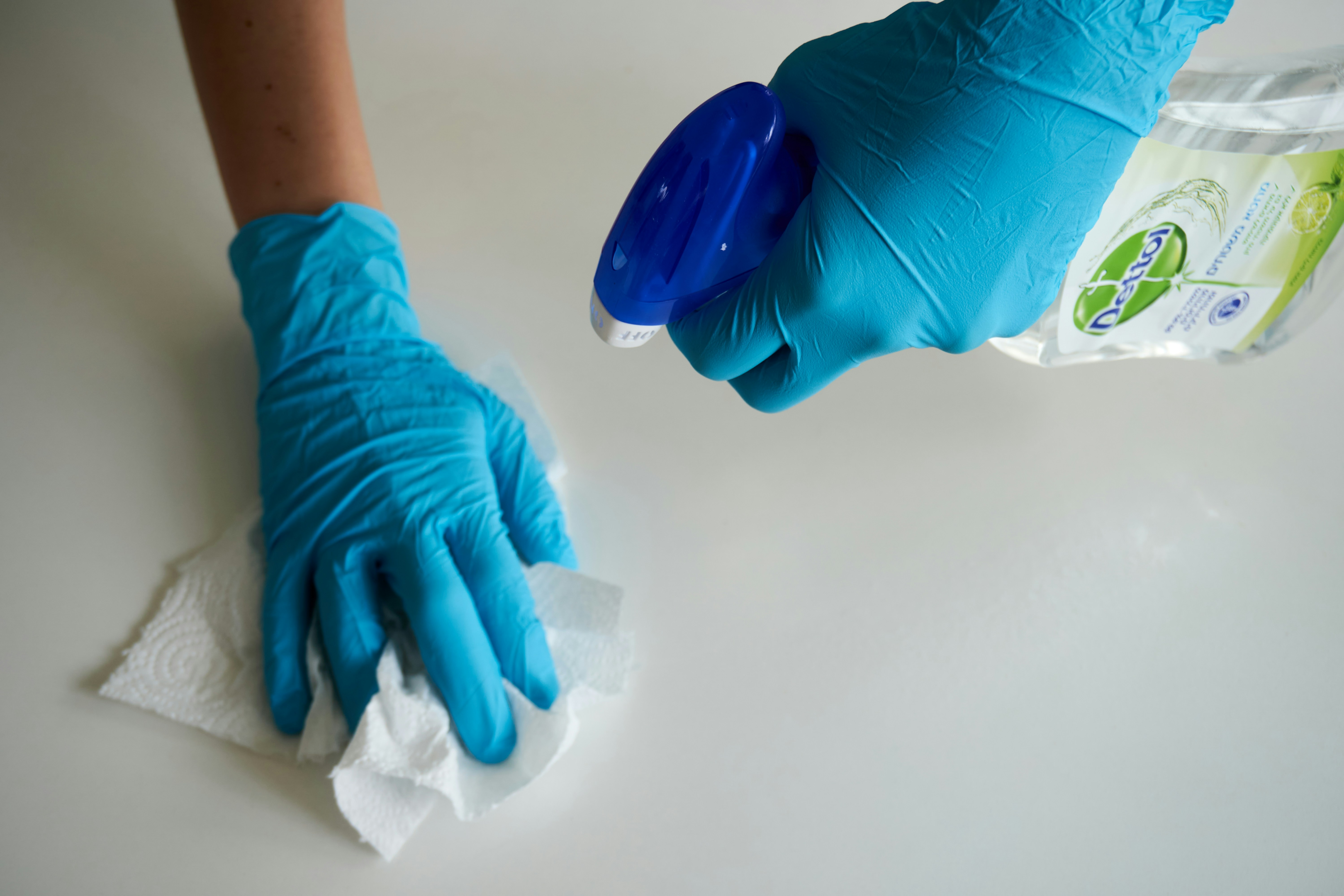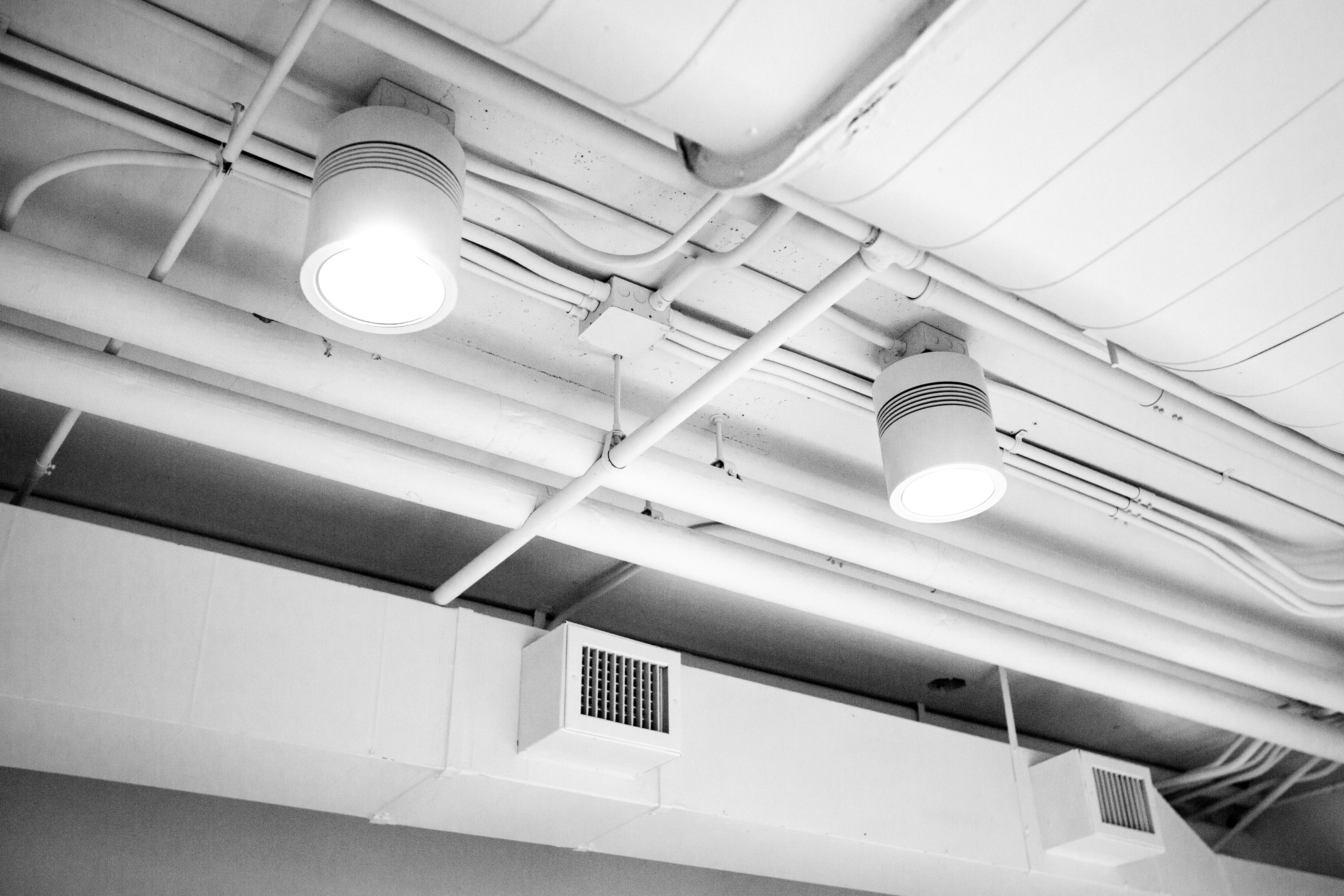Living with allergies can be challenging, especially when your home becomes a haven for allergens that trigger uncomfortable symptoms. From dust mites and pet dander to pollen and mold, allergens lurk in various corners of our living spaces, exacerbating allergies and respiratory issues. However, by taking proactive steps to minimize allergens, you can create a healthier environment for yourself and your family. Here are ten effective ways to remove allergens from your home:
-
Keep Your Home Clean: If you want to keep your home free from allergens, you need to take regular cleaning seriously. One of the best ways to achieve this is by vacuuming carpets and rugs frequently. To ensure that you're effectively trapping tiny particles like dust mites, pollen, and pet dander, it's recommended that you use a vacuum cleaner equipped with a HEPA filter. This type of filter is designed to capture even the smallest particles, making it a powerful tool for reducing allergens in your home.
In addition to vacuuming, it's important to dust surfaces with a damp cloth. This prevents allergens from becoming airborne and spreading around your home. When you use a dry cloth, you're more likely to just move the allergens around rather than reduce allergens. Using a damp cloth will help the allergens stick to the cloth, making it easier to get rid of them.

Finally, washing your bedding in hot water is another effective way to reduce allergens in your home. Dust mites, which can trigger allergies, thrive in warm and humid environments. By washing your bedding in hot water on a weekly basis, you can help eliminate these tiny pests and reduce the risk of allergic reactions.
-
Maintain Optimal Humidity Levels: Dust mites and mold thrive in humid environments, so it's crucial to maintain optimal humidity levels to keep them from thriving and turning your home into their home! To do this, you should aim to keep humidity levels below 50% in your home.
One of the best ways to achieve this is by using a dehumidifier in damp areas like basements and bathrooms, where moisture tends to accumulate. A dehumidifier works by removing excess moisture from the air, which can help prevent mold and mildew growth and reduce dust mite populations.
It's also important to fix any leaks promptly, as this can help prevent moisture from accumulating in your home. If you notice any leaks in your home, be sure to address them as soon as possible. This can help prevent water damage and mold growth, which can be costly and difficult to handle if left untreated.
-
Invest in Allergen-Proof Bedding: If you've got allergies, you need to take measures to reduce your exposure to allergens, especially while you're trying to catch some shut-eye. You can invest in allergen-proof bedding for that.
Dust mites are one of the most common allergens that you can find in your bedroom, and they love to hang out in warm, humid environments like your mattresses, pillows, and box springs. Ew!

But, if you use allergen-proof covers for these items, you will be able to create a barrier that will prevent dust mites and their allergens from getting into your bedding. You can also go for hypoallergenic bedding, which is made of materials that are specially designed to minimize allergic reactions. By choosing hypoallergenic bedding, you can sleep more comfortably and wake up feeling refreshed and allergy-free.
-
Minimize Indoor Plants: Indoor plants can make your home look great, but they can also cause allergies because of mold and pollen. So, it's better to keep the number of indoor plants to a minimum, especially if you're prone to allergies.
To keep allergies at bay, choose plants that are low on pollen, such as succulents or ferns. These plants produce less pollen and are less likely to trigger allergies. Also, make sure to keep your plants clean and dust-free to prevent the growth of allergens. By following these tips, you can have indoor plants that look great and don't cause allergies.
-
Clean Air Ducts and Filters: To keep the air in your home fresh and clean, it's recommended that you get your air ducts cleaned and replace your HVAC filters every 1-3 months, or as often as the manufacturer suggests. This is a really simple step that can help prevent all those nasty particles from building up and ensure that the air in your home is clean and healthy. If you're going to clean your air ducts, it's important to get a professional to do it right. They have all the special equipment needed to get the job done properly.

Lastly, it's important to choose high-quality HVAC filters that can capture a wide range of pollutants like dust, allergens, and pet dander. HEPA filters are a great option if you have allergies or respiratory issues, as they can trap even the tiniest particles. So, by doing these simple things, you can help make sure your home has clean and healthy air, which means you can breathe easy and feel good.
-
Control Pet Allergens: If you have a pet and someone in your family is struggling with allergies, there are some things you can do to make things better. To start, make sure you give your furry friends regular baths to remove any allergens that might be hanging around on their fur.
You can also create "no pet" zones in your home, especially in areas where people spend a lot of time, like bedrooms and living rooms. This makes it easier to avoid allergens while relaxing or sleeping. Another thing to do is to wash your pet's bedding regularly. Use warm water and a mild detergent to get rid of any allergens that might be lurking there. Then, dry it on a high setting to kill any remaining allergens. By doing these few things, you'll be able to control pet allergens in your home and make it a more comfortable place for everyone to live in.

-
Implement an Air Purification System: If you want to get rid of allergens like dust, pollen, and mold spores in your home, then you might wanna think about getting a high-efficiency particulate air (HEPA) purifier. These bad boys are super good at filtering even the tiniest particles, so you can breathe easy knowing that the air in your home is clean and healthy.
Now, to make sure you get the most out of your purifier, it's important to think about where you place it. The best spots are in the living room and bedroom since those are the areas you use the most. That way, you can relax and sleep easy, knowing you're breathing in the cleanest air possible. So if you're looking for a way to improve the air quality in your home and protect yourself and your family from harmful allergens, then getting an air purification system is the way to go!
-
Regularly Clean Soft Furnishings: Soft furnishings such as curtains, upholstery, and carpets can trap allergens that can cause a range of health problems such as asthma, allergies, and respiratory issues. Hence, it is imperative to keep them clean and well-maintained. To do this, you can use a vacuum cleaner with a brush attachment to remove dust and debris from the upholstery and curtains. Follow the manufacturer's instructions to launder the curtains and ensure they are free of any dirt, stains, or allergens.
Additionally, consider opting for washable area rugs as they can be easily removed and washed to facilitate easier cleaning and maintenance. By regularly cleaning your soft furnishings, you can create a safer and more comfortable living environment for you and your loved ones.
-
Practice Shoe-Free Living: This simple practice can go a long way in reducing the amount of dust, dirt, and pollen that are brought inside your living space. By taking off shoes, you can prevent the spread of outdoor pollutants inside your home.
To make it easier for visitors to follow this practice, you can place a doormat at each entrance. The doormat can serve as a reminder and help trap and remove any dirt or allergens that are stuck to the bottom of shoes. Furthermore, you should regularly clean your floors, carpets and rugs to remove any accumulated dust, pollen, and other allergens. Vacuuming or mopping at least once a week is recommended. You can also use a HEPA filter in your vacuum cleaner to capture even smaller particles that are invisible to the naked eye.
-
Control Outdoor Allergens: During peak pollen seasons, it is important to take measures to control outdoor allergens and prevent them from entering your home. One effective way to do this is by keeping your windows and doors closed. This will help to create a barrier between the outdoor environment and your home, reducing the amount of pollen that can enter.
In addition to these measures, you may also want to consider using air purifiers or air filters in your home. These devices can help to remove allergens from the air and create a cleaner, healthier indoor environment. By taking these steps, you can help to control outdoor allergens and create a safe and comfortable living space for yourself and your family.
Creating an allergen-free home requires diligence and consistency, but the benefits of reducing allergen exposure are well worth the effort. By implementing these ten strategies, you can significantly minimize allergens in your home and enjoy a healthier, more comfortable living environment. Prioritize cleanliness, invest in appropriate equipment like air purifiers and allergen-proof bedding, and take proactive measures to control indoor and outdoor allergens, ultimately fostering a space where allergies are less likely to flare up.




